Normandie
Normandy is a province in northwestern France that has become known for the western allied invasion of mainland Europe in June 1944. Normandy became the part of Europe where the Allies opened up a third front (the other two were the eastern front and the southern front) and was called Operation Overlord or D-Day. The Operation began with airborne landings inland by troops tasked with, among other things, taking important bridges. The Actual landing took place in the early morning of June 6, 1944, on five selected beaches, Utah, Omaha, Gold, Juno and Sword. The Germans had for a long time expected that the western allies (United States and Britain) would invade western Europe and probably somewhere in northern France, but they did not know exactly where.
Western allies, with Dwight D. Eisenhower as the commander-in-chief (then also the president of the United States between 1953 and 1961), successfully made the Germans believe that the invasion would take place further east on the French north coast at Pas-de-Calais. This caused the Germans to reinforce the defence in this area. The Germans believed that the invasion of Normandy was a diversion to mislead the German miltary leadership. Therefore they held back forces which could have been used in Normandy. But when it turned out that Normandy was the real site of the invasion, the Western allies had already gained a solid foothold on the mainland. German commander, Erwin Rommel, said that the fate of Germany will be decided on the beaches. The enemy must be thrown back into the sea and it will be the longest day for both the Germans and for the western allies.
The western allies had assembled the largest fleet in history. Their air force had bombed the German defence positions on most of the beaches. The exception was Omaha Beach, where the German defense were largely intact when the Americans landed. Those who have seen the film, Saving Private Ryan (1998), get an insight of what happened at Omaha Beach. Only in the evening did the Americans manage to take control of the beach at the cost of about 3000 dead. On the evening of June 6, the allies had established a foothold on the beaches, but without establishing connection between all the beaches. Several of the main targets inland had not been achieved in the first 24 hours, including the towns of Bayeux and Caen. But the foothold on the beaches gave the Allies a base to establish artificial ports and unload supply and material to be used in the wider struggle for the liberation of Europe. The battle for Normandy lasted until the end of August when Paris was liberated.
In the western description of history, the battle for Normandy has been overestimated to some extent, as the German armies suffered significantly greater losses on the eastern front. It was there that the Germans lost the war because the majority of their resources were put on the eastern front. Just over two weeks after Day D, the Red Army began operation Bagration against the German army group Mitte in Belarus. In the space of two months, the army group lost about 200,000 men and was largely destroyed. Nevertheless, the invasion of Normandy opened up a third front that made the situation more difficult for the Germans. When the Red Army launched Operation Bagration, the Germans could no longer defend what had been conquered.
Much less known is the second invasion launched by American, Canadian and French troops on August 15, 1944, in southern France at St Tropez, called Operation Dragoon. Here, too, they landed on several selected beaches, but the german resistance was more or less non-existent. The losses amounted just under 100 men.
Current status: Museum/monument/cemeteries (2017).
Location: 49°21'33.57"N 0°51'11.59"W (Omaha Beach).
Get there: Car.
Follow up in books: Beevor, Antony: D-Day: The Battle for Normandy (2009).
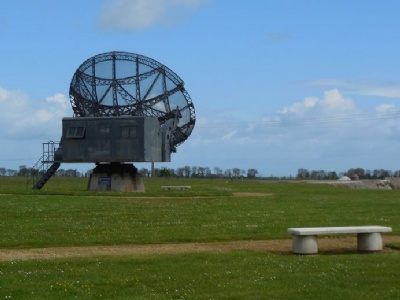
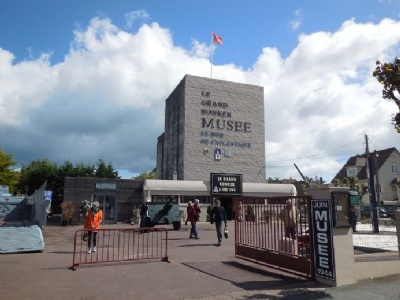
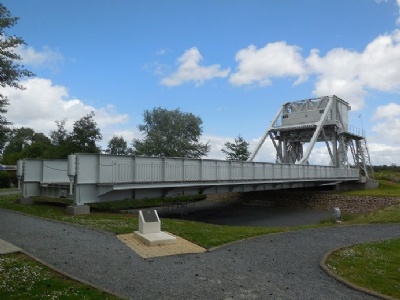

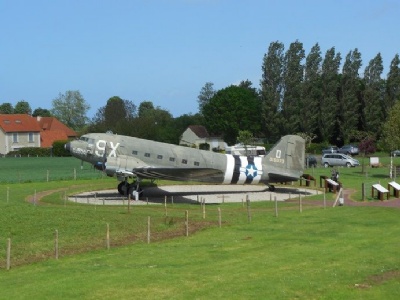
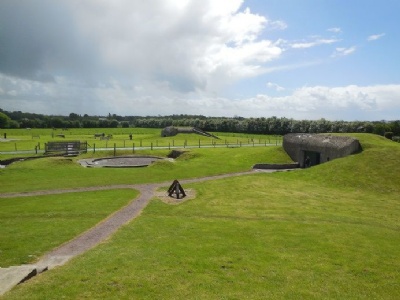
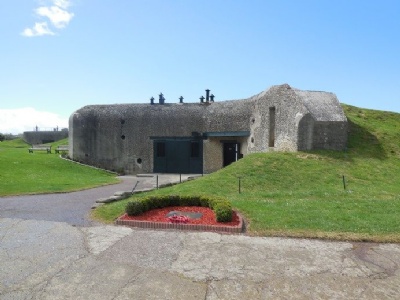

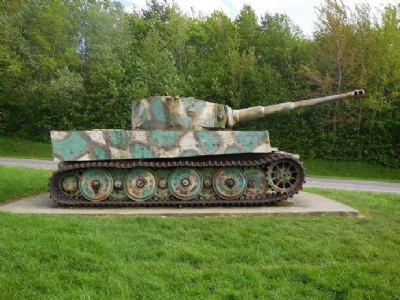
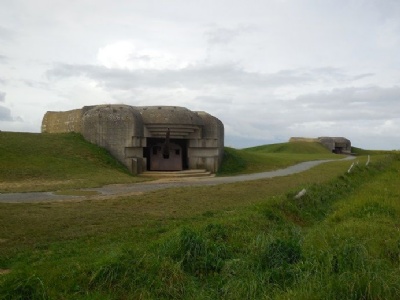
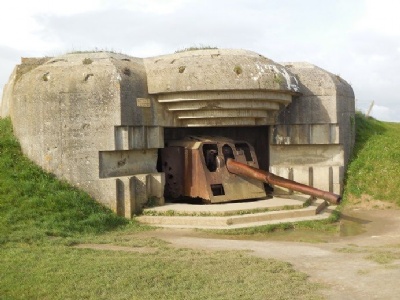
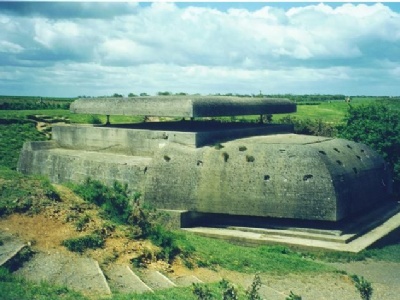
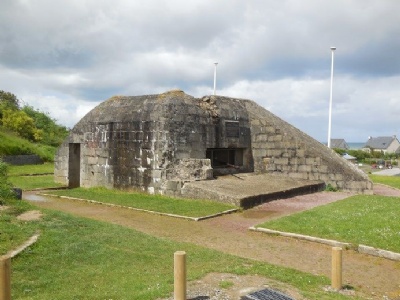
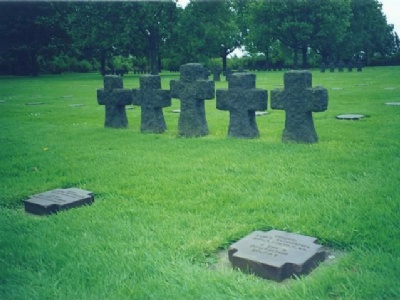


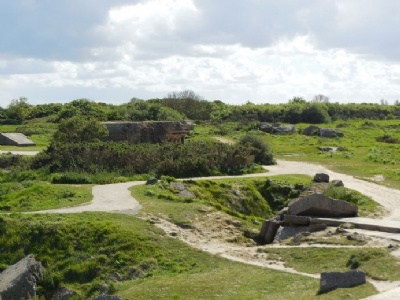
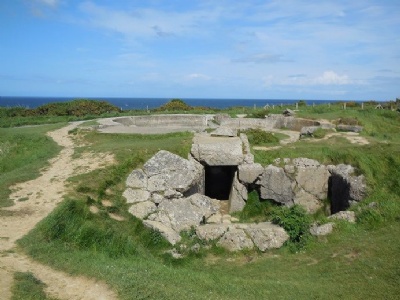
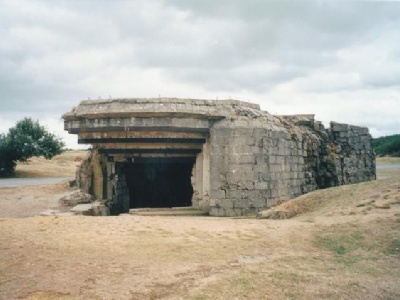
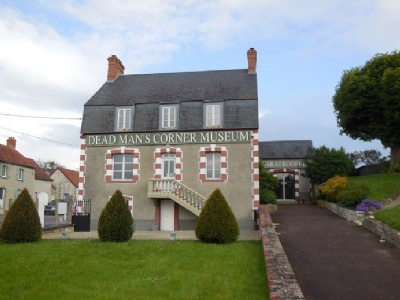
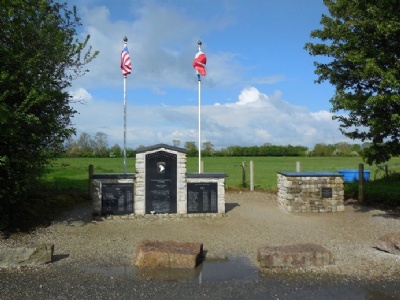
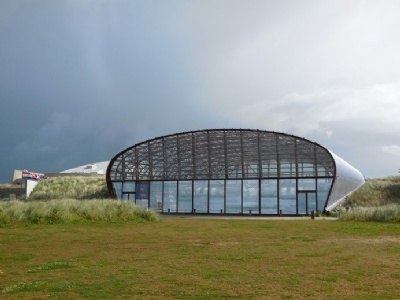
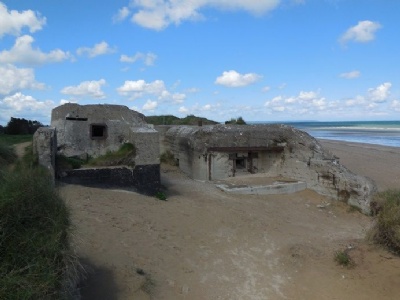
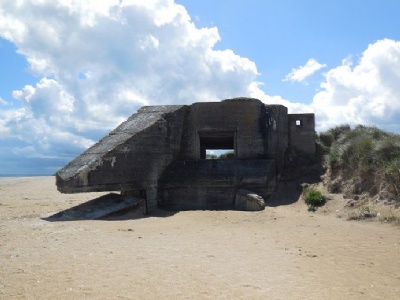



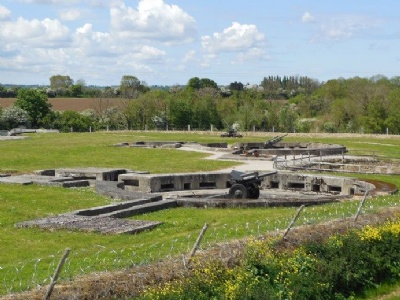
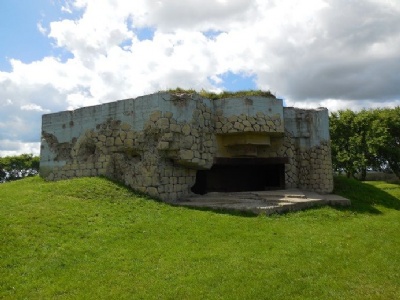
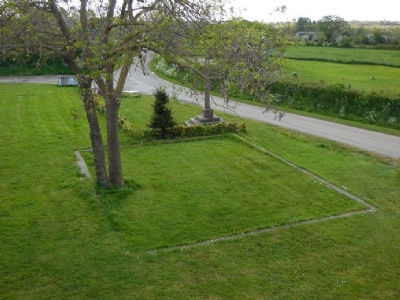
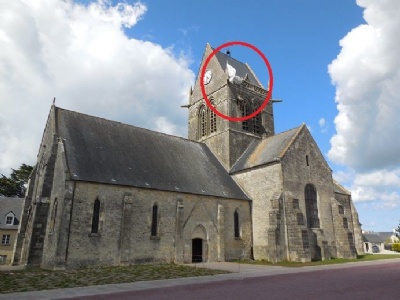
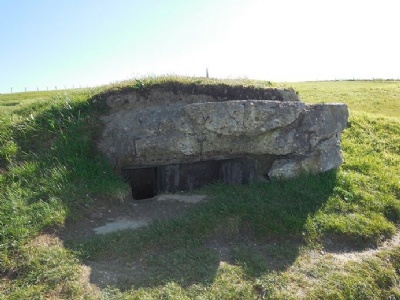

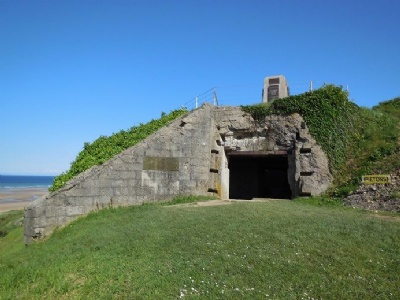


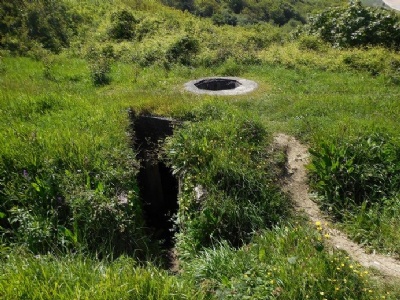
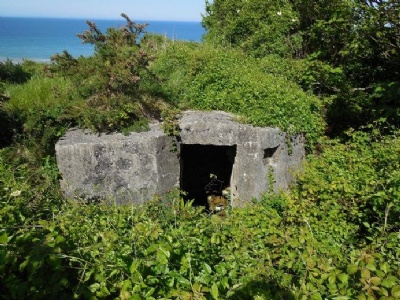
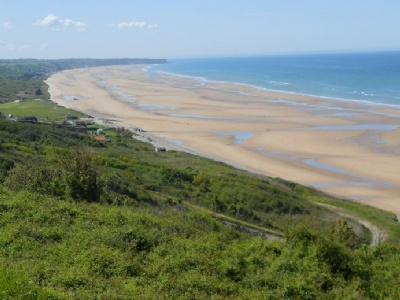
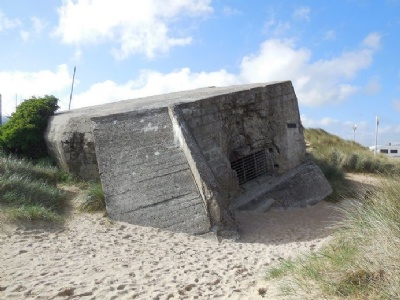
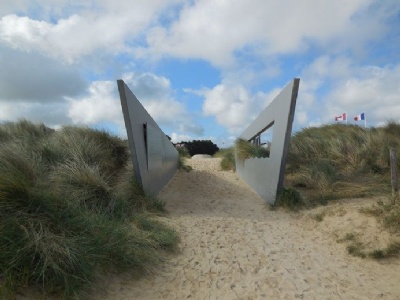

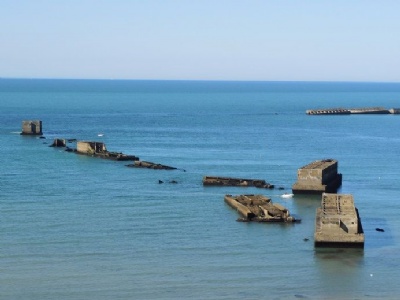
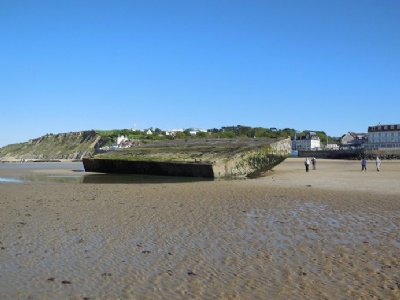


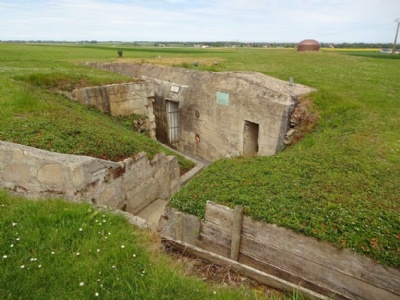
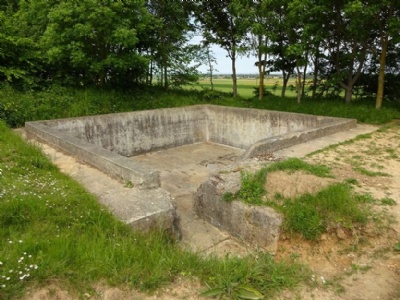
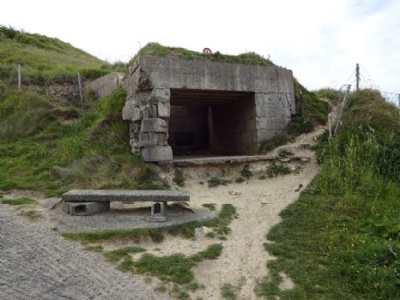
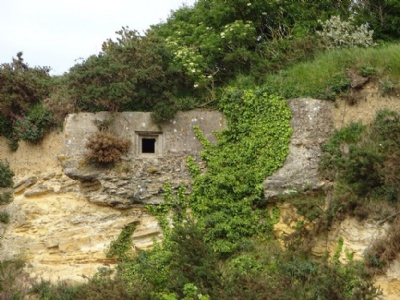
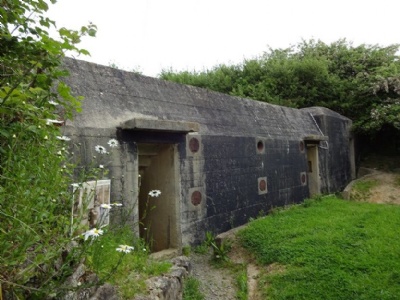
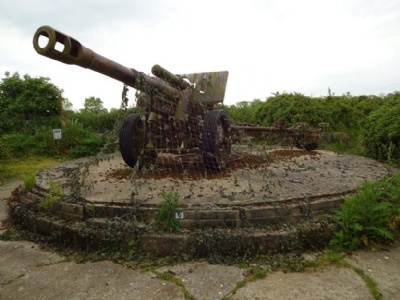

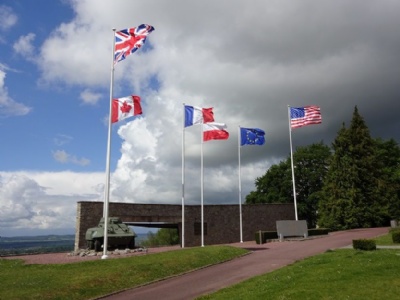
Normandy is a heaven for the military interested and I am not just referring to the beaches. Inland there are places such as Sainte-Mere-Eglise, Carentan, Falaise, Argentan, Saint Lo, Villers-Bocage, Tilly-sur-Seulles and others, all of them are linked to the Battle of Normandy. In total there are hundreds of small and large museums and monuments along the entire coast and inland. Add to that all the war cemeteries with the American War Cemetery at Omaha Beach as the most spectacular. The white crosses of the cemetery are geometrically placed so that they form a line in all directions. More than 9,000 American soldiers are buried here. Along the coast there are also several German bunkers preserved and allied artificial harbours. Normandy has in a way become a place of pilgrimage not only for the historically interested but also for war romantics.